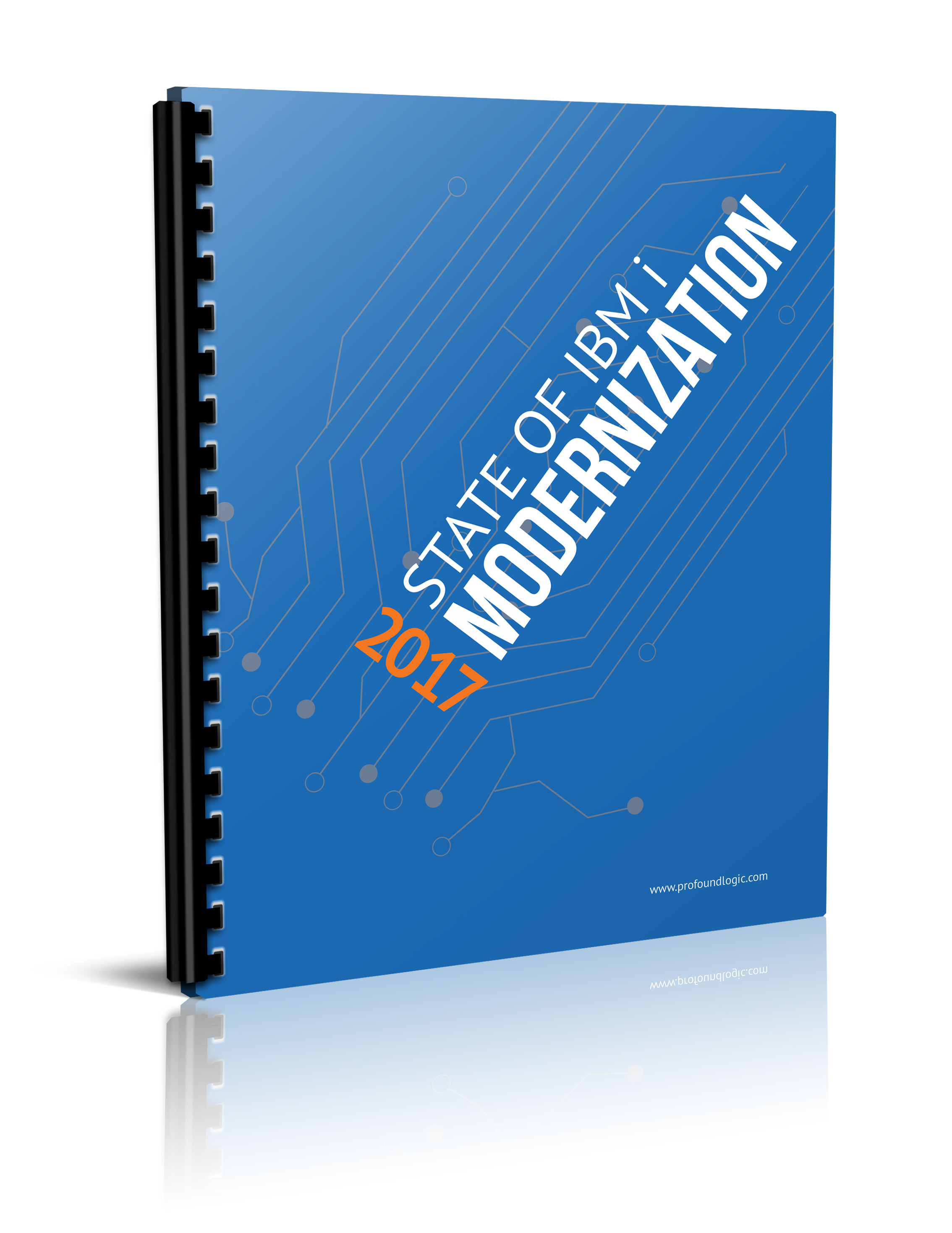The future looks bright for the Internet of Things (IoT) community. According to technology analyst firm Gartner, the number of IoT devices increased 31% year-over-year to 8.4 billion in 2017 and it is estimated that there will be 30 billion devices by 2020. The global market value of IoT is projected to reach $7.1 trillion by 2020.
But is IoT a short-term fad that will be beat out by new technologies, or is it a long-term solution for our world? To answer that we have to look to the future of how IoT can adapt and change to make the world of technology better. Here are 5 predictions on where IoT is going in the future, and why they are so important.
1. Visual Analytics
Accurate predictions of maintenance needs or machine breakdowns are one of the major benefits touted by IoT and with the correct forecast, machines will only get fixed when they are needed and help company's bottom line. Video analytic tools could play a pivotal role in helping with predictive maintenance in the future. Sensors and video analytic tools have routinely become smaller, smarter, and less expensive. The return on investment on these tools makes it clear that there will be an acceleration in the development of these video analytic tools.
With video tools getting better and cheaper, it isn't unheard of that over the next couple of years we will see an increase in the use of video analytics for anomaly detection and an increase in companies moving from a time-based maintenance plan to a condition-based maintenance plan. A great example of video analytics helping with preventative maintenance is reporting the presence of rodents that might chew wires and damage electronics causing massive downtime.
2. Creating a Better User Experience
The old adage of less is more is perfect for today's IoT needs. Fewer interfaces, buttons, and choices are becoming the trend for all products and IoT much match this growing trend of pairing simple user interfaces with complex development 'under the hood.'
Consumers are also fueled by instant gratification. The complex nature of today's IoT devices usually results in frustrations due to complicated instructions and difficult startup procedures. Shifting to a more simple application, IoT developers can increase the use of these devices by allowing the customer to enjoy the installation process and seeing immediate results from their devices.
3. Secure IoT Devices
Two trends specific to IoT security will be coming in full effect soon. One is moving past some of the hype regarding IoT devices bringing about a digital 'Armageddon'. The likelihood that IoT devices will go "Skynet" and shut down the government or markets is negligible, but that hype will help with conversation around privacy and assure security stays at the top of everyone's mind.
The second security trend we will see is companies including IoT in their evaluation of risk management practices. IoT has become a popular vector for network attacks, and security officials must account for the risks IoT devices might post their business before adopting a new generation of connected devices. The end goal is to make the privacy and security of companies and individuals easier and safer to obtain while preventing easy access to data via IoT devices.
4. Developing Partnerships within IoT
IoT is all about connectivity - connecting devices, people, and systems. This also means connecting providers and partners too. In the near future, IoT will be a driving force in creating a connective economy where large and small companies begin to innovate, develop, and collaborate freely and easily with each other. These partnerships will bring like-minded companies together to pool their expertise and resources for new and exciting IoT projects which will, in turn, benefit the end users and solve their needs faster.
5.Bringing IoT and AI Together
Over the past couple of years, both AI and IoT have become two of the biggest buzzwords in the technology industry. The convergence of these two was inevitable and the merger of the virtual and the physical tools could be one of the biggest transformations of technology. IoT has made a crucial pivot from platforms, developers, and APIs to get more value out of the devices and it is all happening in part due to a convergence with AI. AI gives IoT a better way of understanding patterns in data, learning systems, and creating learning models. IoT was always a collection of machines and AI helped bring those machines to life. The two together are helping to break down the barrier between people and machines by bringing together devices, people, and cognitive analysis.
See how you can pair your IBM i system with IoT devices using our amazing Profound.js product! With Profound.js the capabilities of IoT become available to you without additional cost or effort!




